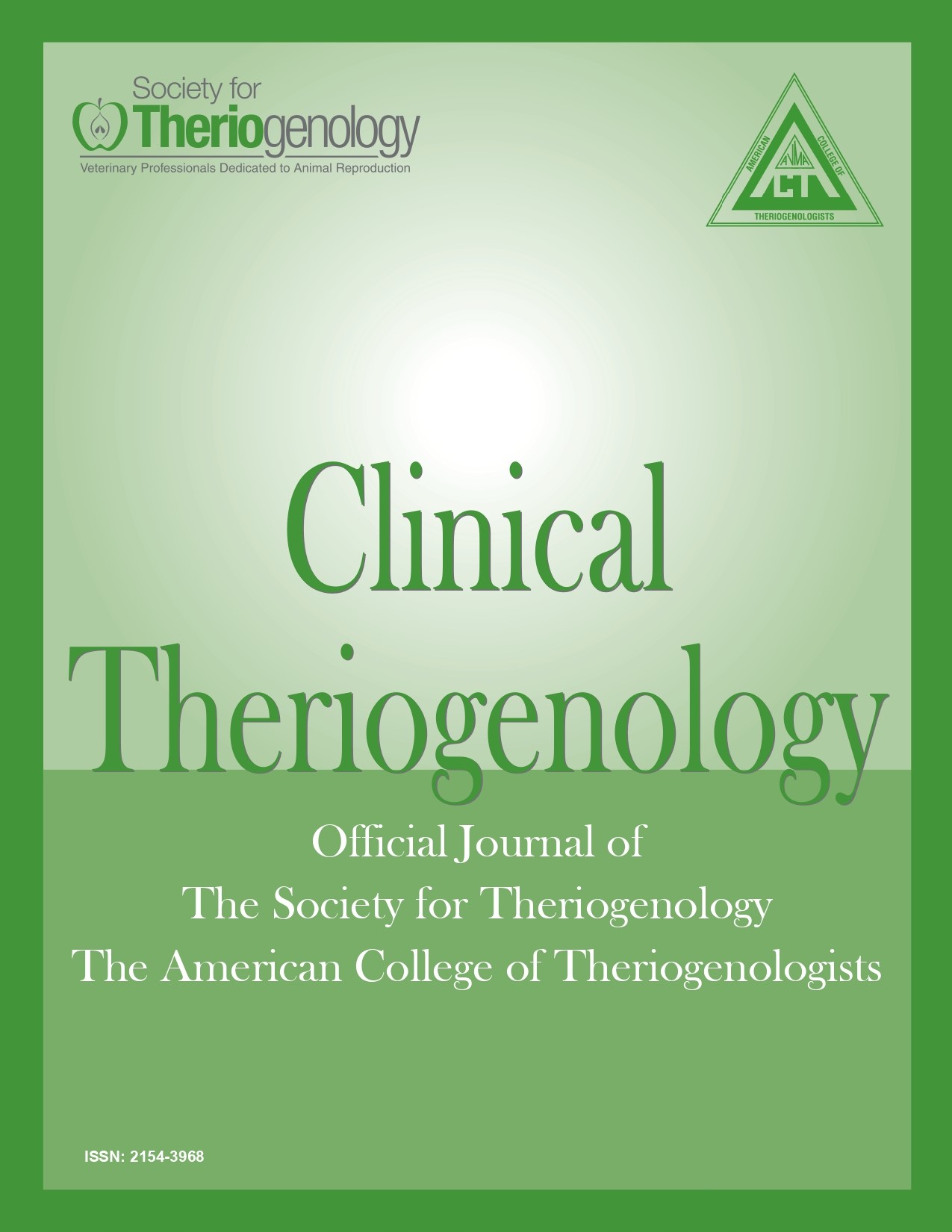Position statement on the use of megestrol acetate for population control in feral cats
Abstract
The Diplomates of the American College of Theriogenologists (ACT) and members of the Society for Theriogenology (SFT) support population control of feral cats, but do not endorse the use of synthetic progestogens for contraception in feral cat colonies. Products containing megestrol acetate, the progestogen approved for estrus suppression in dogs under the brand name Ovaban®, have been suggested as a method for estrus suppression in feral cat colonies. Megestrol acetate has not been approved by the FDA for use as a contraceptive in cats and no progestational product is approved for this use. Progestagens, including megestrol acetate, may be available to veterinarians for treatment of individually owned cats, but only within the strict confines of a veterinarian-client-patient relationship, including a veterinary prescription. Progestogen administration in cats can be associated with adverse health issues, including development of diabetes mellitus, mammary hypertrophy, mammary neoplasia, and acromegaly in both female and male cats. Inadvertent administration to pregnant female cats may induce teratogenic changes in developing fetuses, and may prevent onset of normal labor. An oral bait route of administration cannot ensure accurate dosing and there is no assurance that animals other than the intended targets would not ingest the medication. The potential population control benefit is outweighed by the known adverse effects of progestogen administration in cats, and it is the position of the Society and College that such use should be discouraged.
Downloads

This work is licensed under a Creative Commons Attribution-NonCommercial 4.0 International License.
Authors retain copyright of their work, with first publication rights granted to Clinical Theriogenology. Read more about copyright and licensing here.





